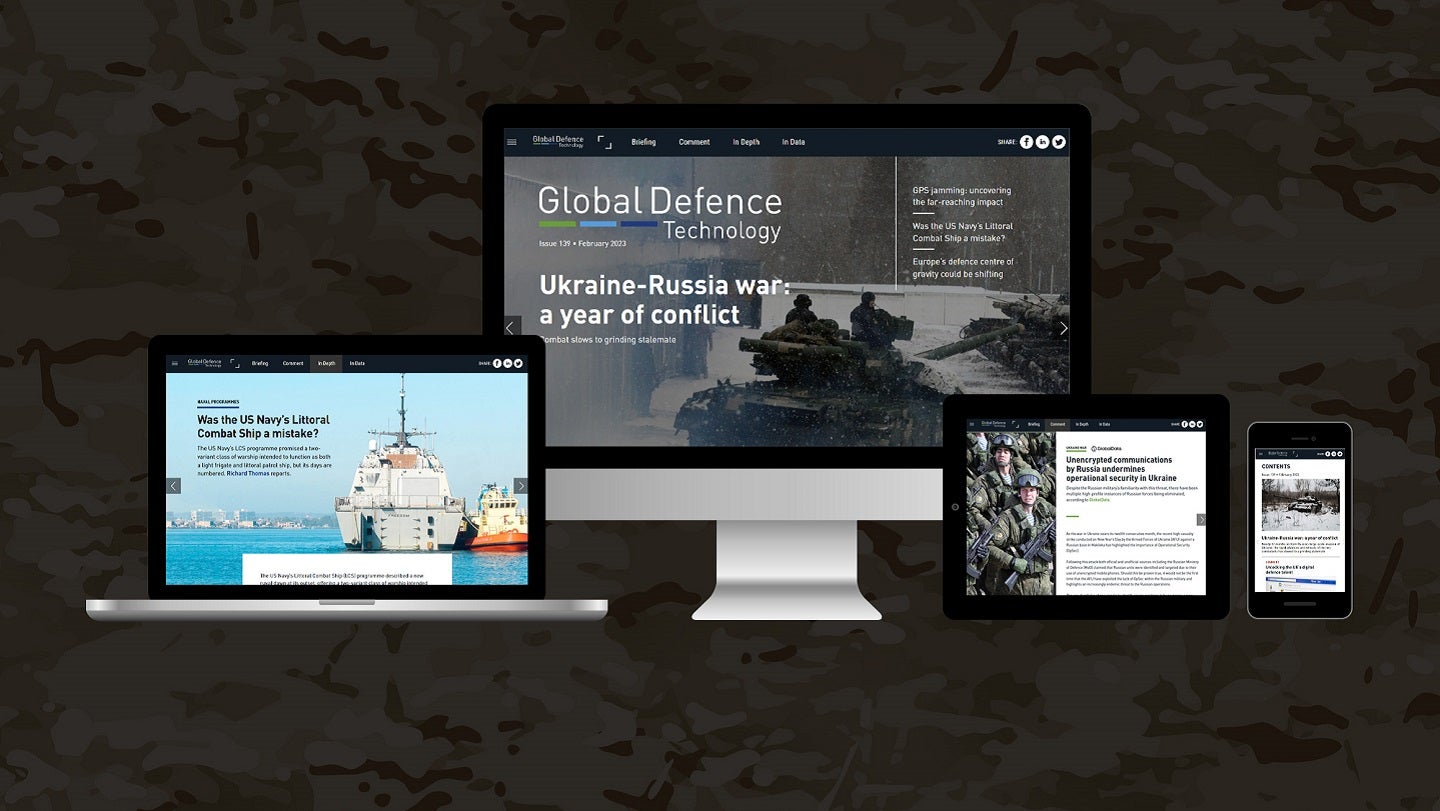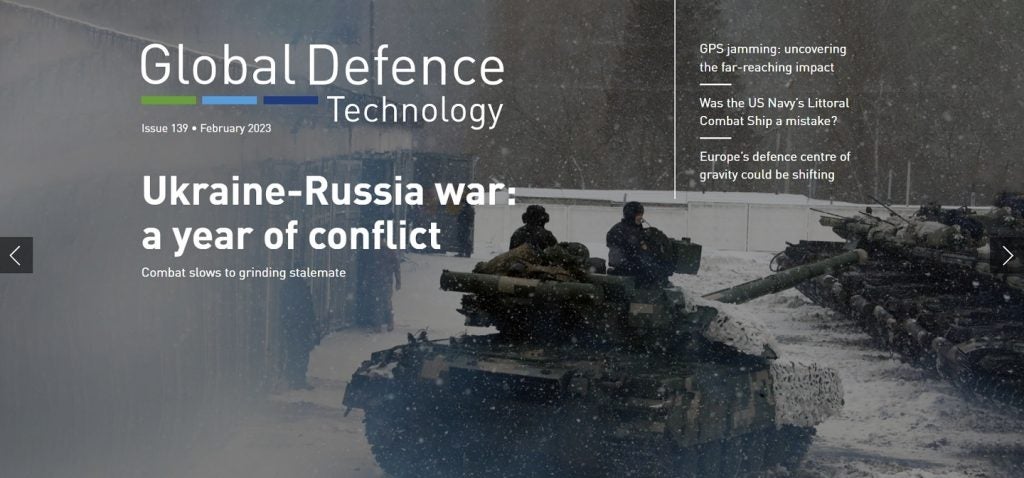
This latest issue of Global Defence Technology once more brings you all the latest insight and analysis into the technologies, policies, and influencing factors in the defence space.
A year of war in Ukraine has left hundreds of thousands of military personnel injured or killed in fighting not seen on the European continent for generations, along with tens of thousands of pieces of military equipment destroyed and a Ukrainian national recapitalisation effort leveraging virtually every capability that its NATO supporters have to offer.
While hopes will be for the two sides to somehow find a peaceful solution to the grinding conflict, any realists in the room are buckling in for the likelihood of another 12 months of war. The respective spring offensives by Ukraine and Russia will be aimed at having a strategic effect on the battlefield, but their ability (through western-inspired combined arms operations in the case of Ukraine, or massed infantry sweeps backed by artillery by Russia) to have reach their desired outcome is undetermined.
Another question worth asking, is what can NATO feasibly do now, beyond the provision of all aspects of land domain capabilities (armour, artillery, and training)? The Montreux Convention will keep NATO warships out of the Black Sea, as Turkey (despite being a NATO member) plays a balancing act between its partners in Europe and the US, and close ties with Russia.
Whether you are desktop, tablet, or smartphone, you can read the magazine for free online.
Almost the final capability outstanding would be the provision of combat aircraft to Ukraine, a move that Russia would interpret as potentially the last straw in what it considers NATO expansionism, bringing the two power blocks another step closer to a wider conflict. As it happens, this editorial is being written on the day that Ukrainian President Volodymyr Zelensky visited the UK and make his ‘wings for freedom’ speech before gathered politicians and dignitaries, thanking the country in advance for “powerful English planes”.
How well do you really know your competitors?
Access the most comprehensive Company Profiles on the market, powered by GlobalData. Save hours of research. Gain competitive edge.

Thank you!
Your download email will arrive shortly
Not ready to buy yet? Download a free sample
We are confident about the unique quality of our Company Profiles. However, we want you to make the most beneficial decision for your business, so we offer a free sample that you can download by submitting the below form
By GlobalDataZelensky knows the audience, and the UK is keen to maintain its position as a leading ally to Kyiv, having done more than most, nearly all, since the outbreak of major hostilities on 24 February last year. This UK support has grown from small arms and NLAW provision, the expanding infantry training, the donation of AS90, M270, and Bulldog APCs, through to being the first NATO country to commit to sending modern main battle tanks (Challenger 2) to Kyiv.
Where does the UK, and NATO, go from here, and can it deny Zelensky’s call for wings for freedom?
For all this and more, on sea and in the air, read on and follow the latest developments @DefenceTech_Mag .








